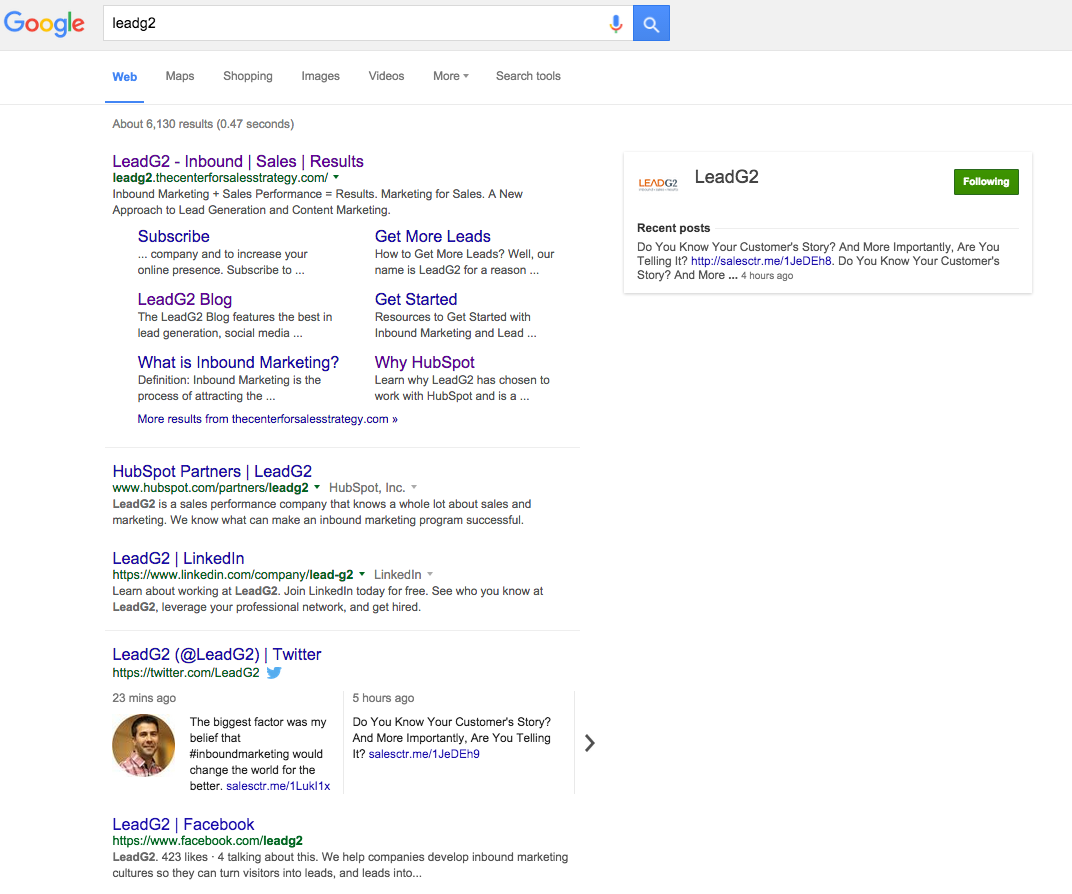Social Media Starter Kit for Business Leaders: Building Your Business Presence on Platforms That Matter
Having a strong social media presence is essential for businesses of all sizes. Social media platforms offer a direct line of communication with...
.png?width=2250&height=647&name=LeadG2-logo_(2).png)
 LeadG2
LeadG2






